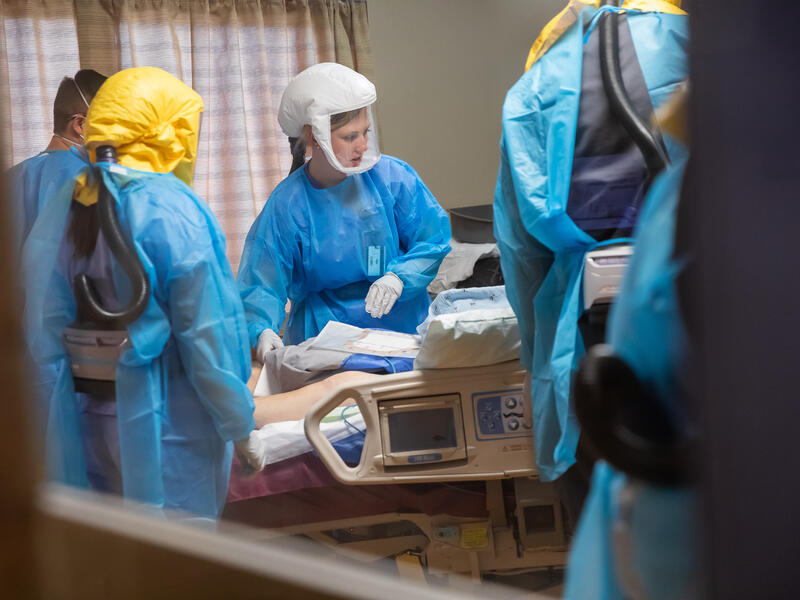Dengue fever is certainly a common disease in tropical countries such as Malaysia. Beside Malaysia as one of the countries in the Southeast Asian region that have dengue cases, other countries such as in Africa and part of America also have dengue cases. In Malaysia, dengue tends to peak around May to September during the dry southwest and November to March of rainy northeast monsoon seasons. Evidence shows that there is an increase of more than 200{11c275e303763c7b3aa9babe735f05c3c8398207f0fa2f4d1c9ce9ae70a1e98e} dengue cases in the first two months of 2023 alone with at least 15 dengue-related deaths. This year, which is 2023, is predicted to be the peak of a major outbreak for dengue fever.
Dengue is an illness transmitted by the mosquito specifically by the infected female mosquitoes of the Aedes species. A mosquito is said to be infected when a person bites a human whose body is already presented with dengue virus. The infected mosquito then bites another human and releases the dengue virus into the human body. This ongoing cycle which is quite fast makes dengue a rapid mosquito-borne viral disease that causes rise in cases of dengue fever.
Do you know that 80{11c275e303763c7b3aa9babe735f05c3c8398207f0fa2f4d1c9ce9ae70a1e98e} of the people infected by dengue do not have any symptoms or only have mild infections? Common symptoms include high-grade fever for more than 2 to 7 days and other accompanying symptoms such as headaches with pain behind the eyes (retro orbital headache), joint pain (arthralgia), muscle pain (myalgia) and skin rash. Treatment for dengue fever aims to support patients but in no means to eliminate the dengue virus from the body as there is no cure for dengue fever. Treatment such as fluid replacement therapy are the common treatment given for patients with dengue infection. Medicine such as paracetamol do help to relieve symptoms such as fever, headache and muscle or joint pain.
It is important for health authorities to identify how worst the outbreak has been and to tackle the areas which are said to be in danger with the high concentration of dengue fever. One of the ways to understand this is through hotspot analysis. Hotspot analysis is defined as the localised epidemic lasting more than 30 days the date of epidemic started.
Hotspot analysis is one of the most common techniques for measurement in spatial analysis. This helps in visualising clusters that are statistically significant. Cluster identification provides information for public health professionals to identify high-risk dengue areas. Such information is vital to help prioritise in prevention and control programmes towards dengue.
Spatial analysis has been an important component in the effective management for dengue cases. For example, identification of dengue hotspots will initiate a dengue outbreak response involving searching and eliminating mosquito breeding sites within a 200-m radius. This control activity considers the 1-km maximum flight range of the female Aedes mosquito and the likelihood for it to be active within the 100-m radius from the birthplace of the mosquito. Hence, changes to the environments such as land use for agriculture, urban development, road network and waste management system, will ultimately affect the breeding site of the Aedes mosquitoes. This also will affect humans indirectly as the dengue transmission becomes easier.
Through hotspot analysis, it is found that dengue cases keep on rising throughout the years. This is due to the potential urbanisation, globalisation, climate, human behaviour and lack of control towards the transmission of the dengue. At this rate, rapid population growth and continued urbanisation are forecasted to increase severity of the dengue epidemics. Currently, nearly half of the global population is at risk of contracting dengue.
As of August 2023, dengue cases in Malaysia are reported with 56 721 cases, a 144.7{11c275e303763c7b3aa9babe735f05c3c8398207f0fa2f4d1c9ce9ae70a1e98e} increase compared to 23 183 cases for the same period in 2022. Total deaths due to dengue is 39 compared to 16 deaths for the same period in 2022. Since all age groups are affected by dengue and the symptoms may or may not be seen in patients with dengue, using hotspot analysis can help public health authority to start taking action in coping with dengue cases in the community.
Since there is no cure for dengue, it would be wise to take preventative measures:
1) Collect and dispose of unwanted containers that could hold water.
2) Clean plant pot plates by scrubbing thoroughly once a week.
3) Should you have a water container such as a water reserve in the bathroom, do add in larvicides according to the recommended dose.
4) Use aerosol insect repellent to kill adult mosquitos. You may also want to use mosquito coils or electric vapours in the room.
5) Sleep or take a nap in bed surrounded by mosquito nets.
6) Use special medicated locations that help to keep mosquitoes at bay.
7) Always wear full-sleeves clothes and long dresses to minimise skin exposure towards mosquito bites.
8) Whenever possible, avoid living or staying in heavily-populated residential areas.




